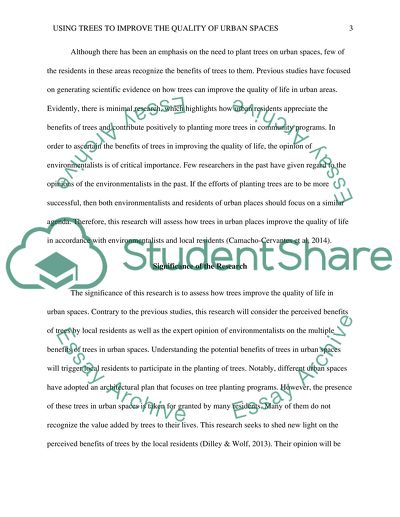Cite this document
(Using Trees to Improve the Quality of Urban Spaces Research Proposal, n.d.)
Using Trees to Improve the Quality of Urban Spaces Research Proposal. Retrieved from https://studentshare.org/environmental-studies/1672047-using-of-tress-to-improve-the-quality-of-urban-spaces
Using Trees to Improve the Quality of Urban Spaces Research Proposal. Retrieved from https://studentshare.org/environmental-studies/1672047-using-of-tress-to-improve-the-quality-of-urban-spaces
(Using Trees to Improve the Quality of Urban Spaces Research Proposal)
Using Trees to Improve the Quality of Urban Spaces Research Proposal. https://studentshare.org/environmental-studies/1672047-using-of-tress-to-improve-the-quality-of-urban-spaces.
Using Trees to Improve the Quality of Urban Spaces Research Proposal. https://studentshare.org/environmental-studies/1672047-using-of-tress-to-improve-the-quality-of-urban-spaces.
“Using Trees to Improve the Quality of Urban Spaces Research Proposal”, n.d. https://studentshare.org/environmental-studies/1672047-using-of-tress-to-improve-the-quality-of-urban-spaces.


